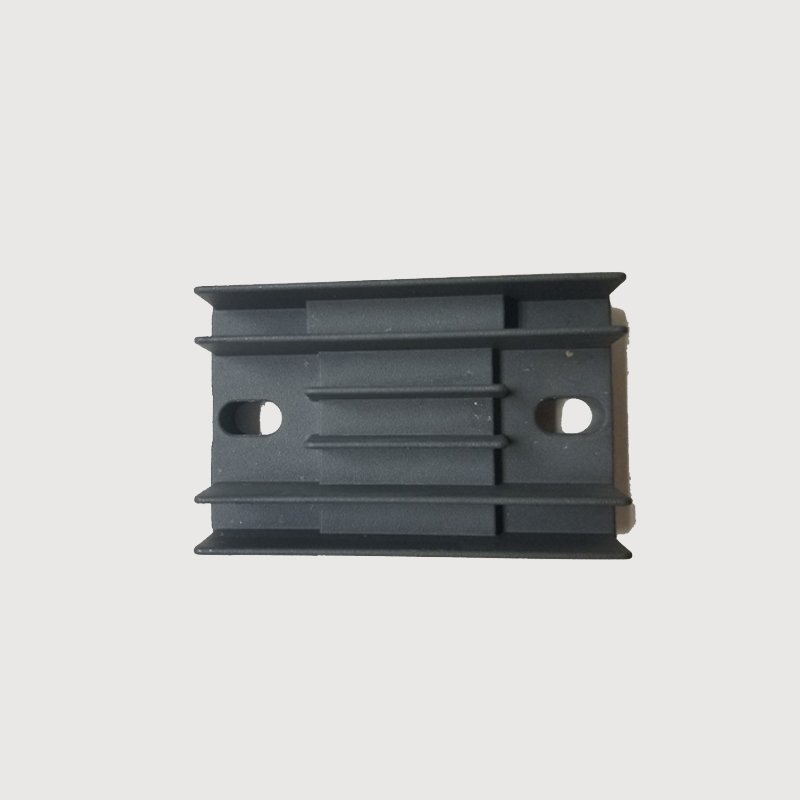how to protect your outdoor cctv cameras - waterproof cctv camera housing
by:Hanway
2019-09-06

If you install a CCTV system in your home and plan to put the security camera outside, there are a few factors you should consider.
Your security camera must be able to withstand any possible weather conditions or even vandalism.
How to waterproof your security camera extreme temperature poses a threat to any electronic device.
If you live in a place that is particularly hot in the summer or very cold in the winter, be sure to check the temperature level of the camera.
If the rated temperature is not enough to cope with any potential heat wave or snowstorm, then you will need to equip your camera with a protective housing containing heaters and fans.
Depending on the internal thermostat reading, the heater is set to turn on automatically when the temperature is too low.
It also turns off automatically when the temperature starts above a specific threshold.
It all happens without any intervention, which is necessary to explain any extreme fluctuations in temperature.
In a similar way, if the temperature is too hot, the fan will turn on and the fan will turn off once the temperature is stable.
While the camera housing increases the initial cost of the system, it is a way to protect the investment in the long run.
When you are looking for the fan and heater housing, make sure that the voltage matches the camera's voltage in order to work properly when powering on.
In addition to the temperature, your camera housing should be able to prevent damage from dust or water entering.
This is measured by IP level (
Entrance protection).
If tiny solid particles reach the electronics and cause a short circuit, they can damage your device.
The same is true of water.
There are two numbers in the IP level that tell you how well protected the two solid particles are (The first number)and water (
Second place).
The range of the first number is from 0 to 6.
Level 0 indicates that there is no protection, while Level 6 indicates that it is impossible for dust to enter.
The range of the second digit is from 0 to 8, where level 0 indicates no protection and level 8 indicates protection when submerged in a specific depth.
You don't need level 8 water protection unless you intend to dip your camera under water.
A good level for water entry protection is Level 4, which will protect the camera from rain that is close to the angle.
Fortunately, the IP rating of many camera cases has reached 66 or higher.
This is enough to protect your device from any reasonable entry.
Even if you are sure that your camera will not be exposed to the rain, you should still enter the protection of water above Level 1 due to the dew formed on the camera.
Fortunately, your safety equipment may be damaged except for natural reasons.
Vandalism is a common threat to security devices, as criminals clearly do not like to be seen, and they will try to disrupt any of their cameras that may be captured in criminal acts.
A simple solution is to place the camera high enough that it is difficult to reach.
However, if you put the camera too high, you will get a less than ideal view.
Many outdoor cameras have the option of vandals.
Especially the dome-style camera.
These can actually protect the camera from considerable blunt force.
They are built with a solid metal base and a solid plastic cover.
The last thing you want is someone walking up to the camera and destroying it with a swing.
Custom message








